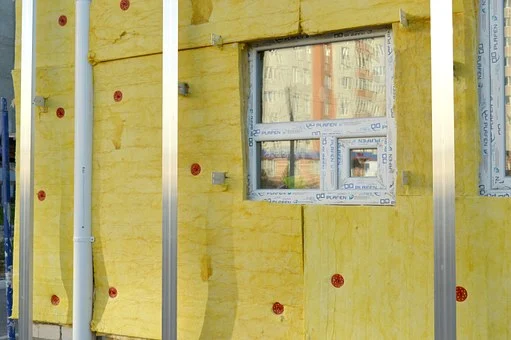How to Prevent Termites from Damaging the Wall Insulation in Your Home
Many states in the US, including Alabama, California, Florida, Texas, Louisiana, and Mississippi, witness frequent termite infestation throughout the year. Numerous urban and suburban structures in these states are standing right above multiple subterranean termite nests. Unlike damp wood and dry wood termites, subterranean termites build colonies in places with moist or damp soil. Besides damaging wood, subterranean termites also destroy wall insulation, which often results in higher electricity bills. A study has found that a subterranean termite colony comprising a minimum of 60,000 individual termites can eat lumber measuring 2 feet by 4 feet in one year. A colony of nearly one million termites can eat away structural wood in homes within a short period. They can also inflict major damage on wall insulation.
Why Are Insulation Damages by Termites a Serious Issue?
Home insulation has a thermal resistance called R-value. All insulation materials come with an R-value. A high R-value indicates a higher resistance to heat loss. Despite the higher expenses attributed to an increase in the R-value of a home's insulation, it pays off in the long run as such improvement lowers heating bills.
Most insulation products come with a layer of plastic-lined paper that maximizes resistance to heat-loss. As paper contains cellulose, termites feed on the insulation lining. Such damages by termites reduce the R-value of insulation and consequently increase heating costs. In fact, termites can damage a home's insulation extensively by accessing wood. Besides paper and wood, termites can even damage insulation with fiberglass.
A study carried out in Florida revealed that termites could infest and damage a home's insulation until its efficiency in terms of warming goes down by 75 percent. In addition, researchers at the Institute of Food and Agricultural Sciences, University of Florida tested the extent to which termites can damage insulation. They used materials like plywood and foam board insulation. At the end of the experiment, researchers found that termites damage both the construction materials. However, the damage to foam insulation was more, which reduced the insulation's effectiveness by 27 percent. This is why the International Residential Code, the model building code of the US, prohibits using below-grade foam board in high-risk areas prone to heavy termite infestation.
Why Are Insulation Damages by Termites a Serious Issue?
Home insulation has a thermal resistance called R-value. All insulation materials come with an R-value. A high R-value indicates a higher resistance to heat loss. Despite the higher expenses attributed to an increase in the R-value of a home's insulation, it pays off in the long run as such improvement lowers heating bills.
Most insulation products come with a layer of plastic-lined paper that maximizes resistance to heat-loss. As paper contains cellulose, termites feed on the insulation lining. Such damages by termites reduce the R-value of insulation and consequently increase heating costs. In fact, termites can damage a home's insulation extensively by accessing wood. Besides paper and wood, termites can even damage insulation with fiberglass.
A study carried out in Florida revealed that termites could infest and damage a home's insulation until its efficiency in terms of warming goes down by 75 percent. In addition, researchers at the Institute of Food and Agricultural Sciences, University of Florida tested the extent to which termites can damage insulation. They used materials like plywood and foam board insulation. At the end of the experiment, researchers found that termites damage both the construction materials. However, the damage to foam insulation was more, which reduced the insulation's effectiveness by 27 percent. This is why the International Residential Code, the model building code of the US, prohibits using below-grade foam board in high-risk areas prone to heavy termite infestation.
- Jul 26, 2020

